Timothy Alouani-Roby met with Richard Francis-Jones of fjcstudio (formerly fjmtstudio) to discuss his timely, provocative and, quite frankly, necessary book on architecture. In this first part of the book review, we consider the alienation and commodification of the profession, as well as its place in society.

Richard Francis-Jones.
March 24th, 2023
The Review, part two can be found here.
This is an important contribution to architecture. Richard Francis-Jones is addressing some deeply troubling and thorny problems and several parts of his approach are particularly refreshing. First, the focus on deep-seated questions that evade the short-term cycles of practice. Second, the willingness to engage with a wide range of thinkers from politics, philosophy and literature. Third and finally – and most starkly – the refusal to offer a simple solution.
This refusal is in fact a pillar of Francis-Jones’ thought: “The first thing that you should do is not rush to a solution.” In architecture as in society at large, the haste to offer simplistic and vacuous solutions to intractably complex problems is identified as a crucial mistake.

So, what are the problems that Francis-Jones is addressing? Perhaps they are best understood as being political or philosophical questions posed through the lens of architecture. Alienation and commodification are at the heart of the book (if religion is the heart of a heartless world then might architecture be the place of a placeless world?). So too are questions of speed and the “proliferation of images”, the incessant production of seductive renders and surface-level answers to issues that run much deeper.
We live in a society, says Francis-Jones, that is “more interested in consumption than questions of being.” Contemporary societies are alienated from place and the system, always driving at profit, reduces questions of dwelling to problems of commodity exchange. In contrast to Indigenous cultures, a sense of authentic dwelling – we might call it connection to Country – in this kind of society is no longer possible.
Related: ‘Truth and Lies in Architecture’, part two

Taken as whole, that system is rushing headlong towards the cliff edge of climate crisis. While the problems behind this are broad and applicable to many fields of human life, and while architecture experiences them as one profession among others, Francis-Jones also seems to argue that architecture has a particular significance. As the field concerned with questions of place in the built environment, it is perhaps an especially poignant expression of our modern homelessness.

“A lot of what I’m commenting on is directly applicable to people in other professional fields,” says Francis-Jones. “Architecture is certainly downstream of other social forces – that downstream force is gigantic and insidious. We don’t really understand it or think it’s doing much, but it’s actually pushing us all into a place where we struggle unknowingly and with no way to fight against it.
“It is definitely a victim of those forces but architecture can also be an active agent in the other direction. You have to believe that it’s capable of changing the course, otherwise you wouldn’t do it.”
This sense of paradox – not least in the title – underpins ‘Truth and Lies in Architecture’. It might not, of course, be the best approach for the weekly meeting with project managers or drawing technical details but therein lies some of the point: the need for architects and other professionals to find space and time to step, however briefly, out of the maelstrom of daily work and consider the bigger picture.
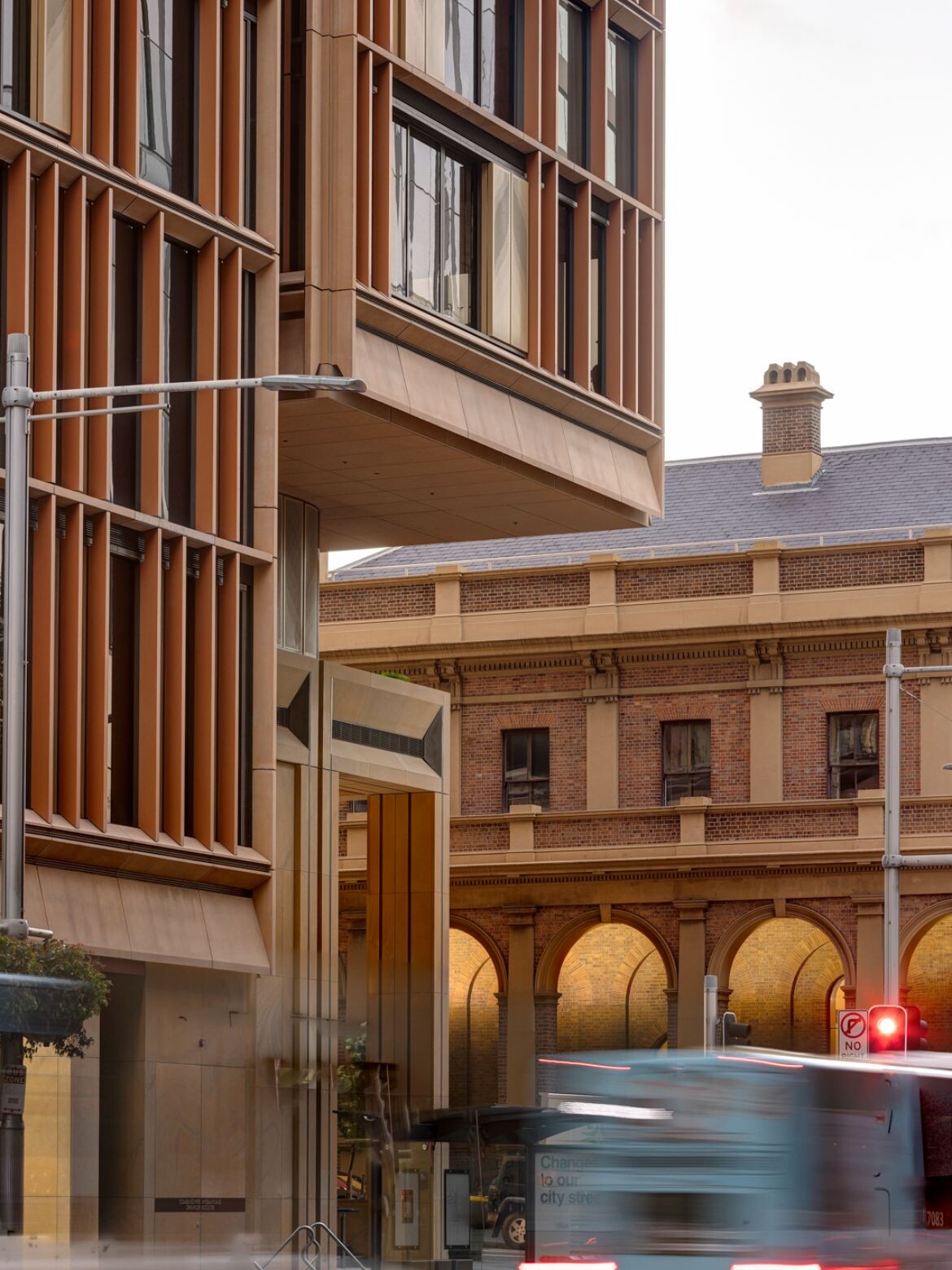
“As a younger architect, I had a sense that there was more debate and engagement with ideas. I think there were also clearer positions and greater debate and argument among them, which fed a discussion about architecture on a deeper level. That has diminished, just as the complexity of issues that we have to deal with has increased.
“I feel that loss and I’ve attempted to engage at that level with my colleagues and the wider community to try to generate some discussion,” says Francis-Jones.
Before we even get to the question of what should be done in part two, this is the most pressing step – for the architecture and design community to engage with issues that transcend the short-term pressures of professional life. As Francis-Jones notes, “the general speed of everything and the image-focus of architecture works against depth.” Engaging with this book – made up of short, intense but intensely digestible essays – would be an excellent way to start.
fjcstudio (formerly fjmtstudio)
fjcstudio.com
Photography
Various

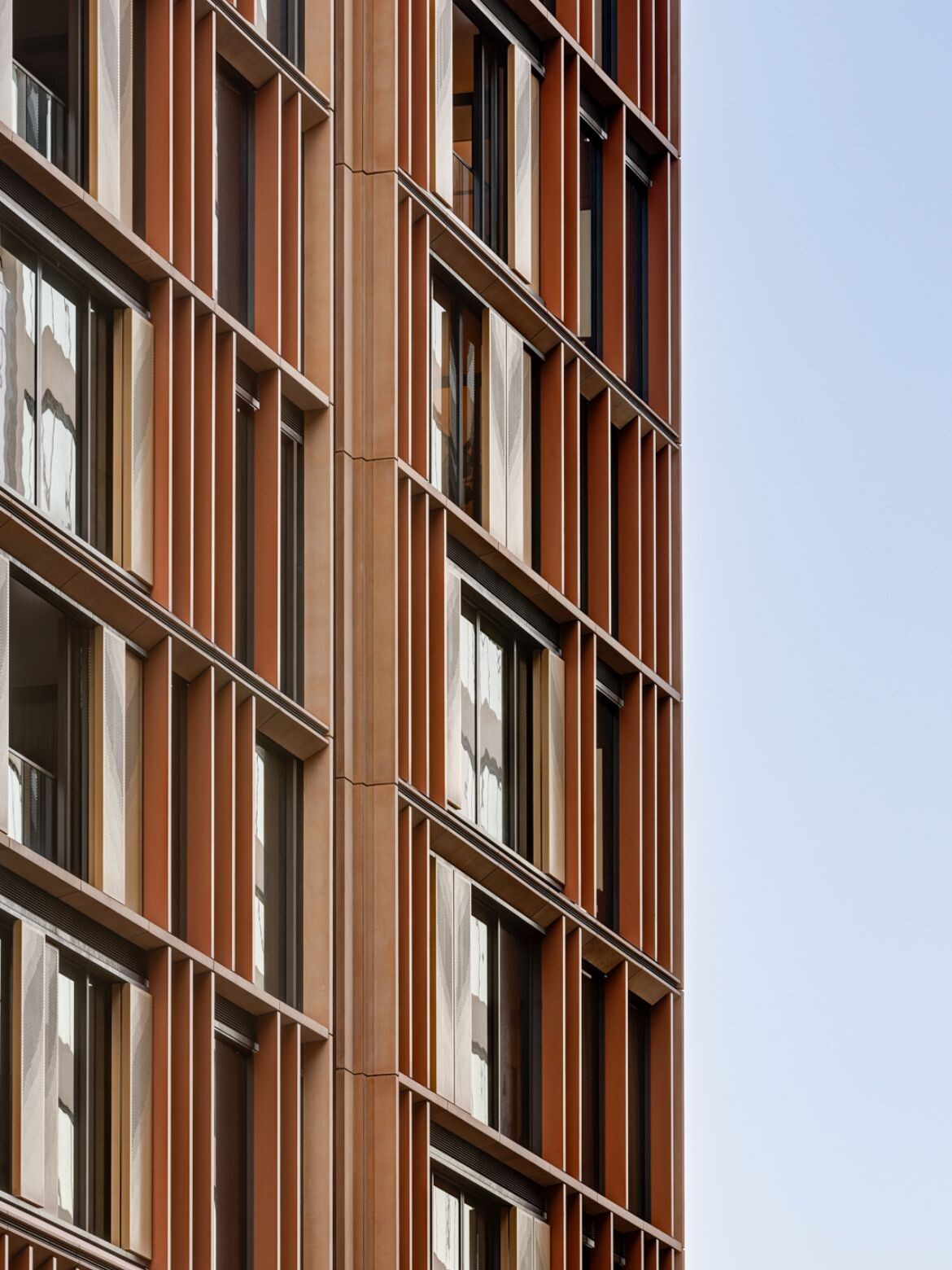

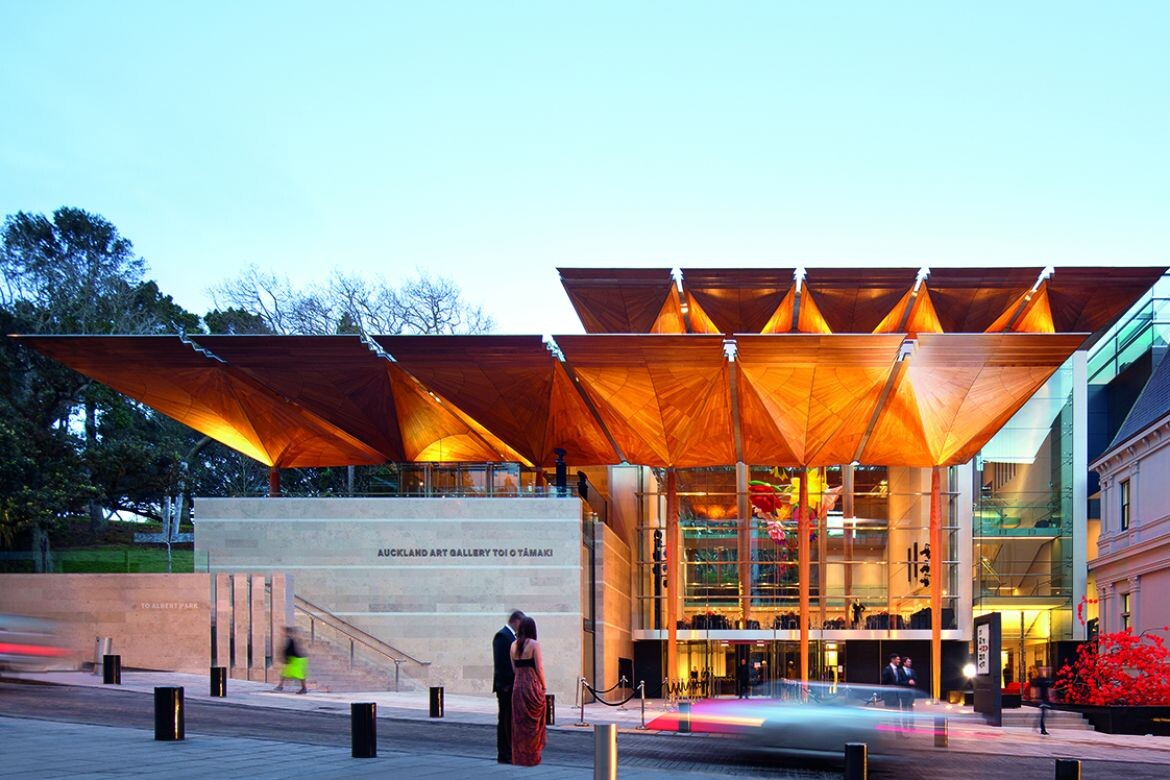
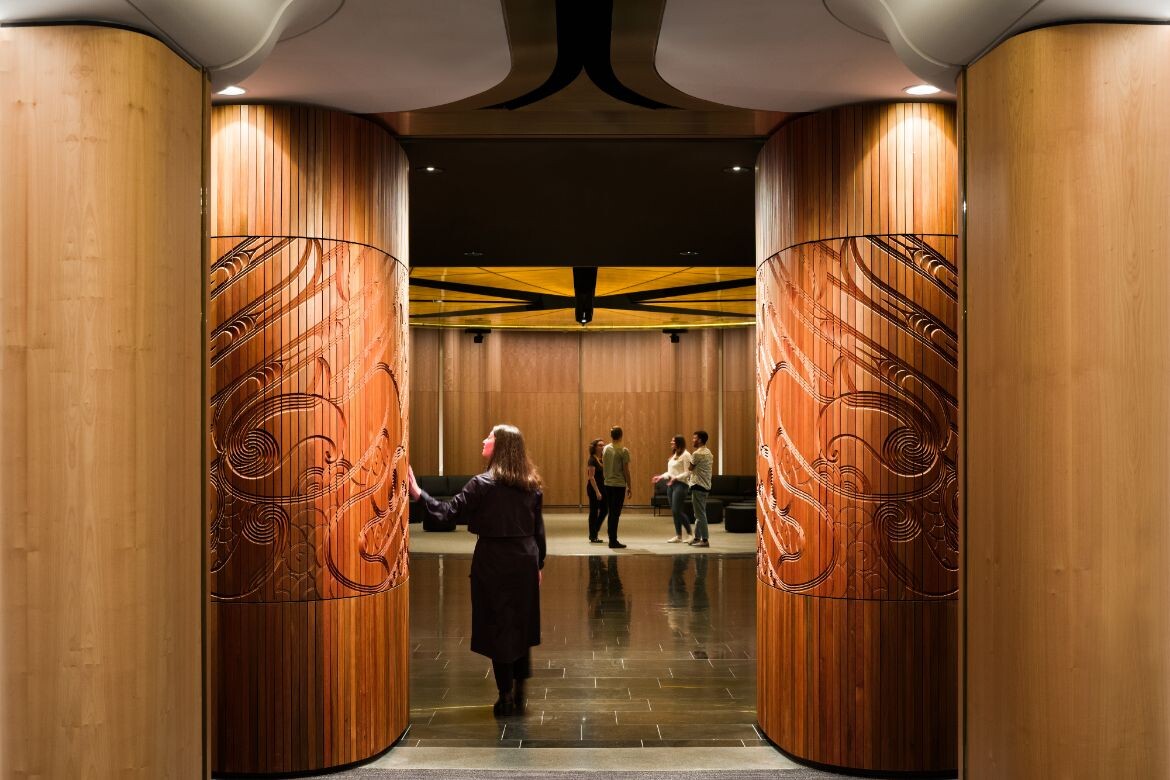
INDESIGN is on instagram
Follow @indesignlive
A searchable and comprehensive guide for specifying leading products and their suppliers
Keep up to date with the latest and greatest from our industry BFF's!
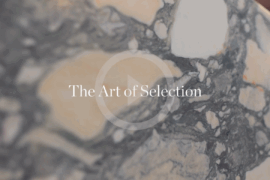
CDK Stone’s Natasha Stengos takes us through its Alexandria Selection Centre, where stone choice becomes a sensory experience – from curated spaces, crafted details and a colour-organised selection floor.

Rising above the new Sydney Metro Gadigal Station on Pitt Street, Investa’s Parkline Place is redefining the office property aesthetic.
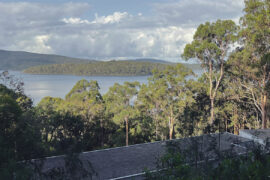
With projects shortlisted for Habitus House of the Year 2025, Anthony Gill and Jason Gibney join the podcast to discuss the state of housing in Australia today.
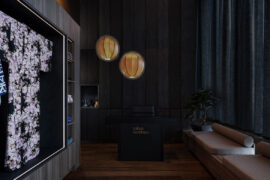
Making a splash on the hair spa scene, the latest project from X + O makes a little slice of Japan right at home in suburban Melbourne.
The internet never sleeps! Here's the stuff you might have missed
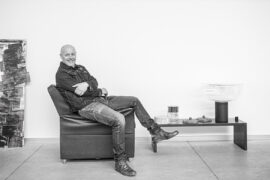
We caught up with Abramo Manfrotto, CEO of Venetian decorative lighting brand LEUCOS, during a visit to Australia with dedece.
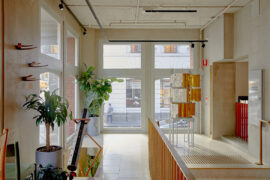
Stylecraft and NGV call for furniture and lighting designs addressing small-space living, with $20,000 prize and commercial development opportunity.

Central Station by Woods Bagot in collaboration with John McAslan + Partners has been named one of two joint winners of The Building category at the INDE.Awards 2025. Recognised alongside BVN’s Sirius Redevelopment, the project redefines Sydney’s historic transport hub through a transformative design that connects heritage with the demands of a modern, growing city.